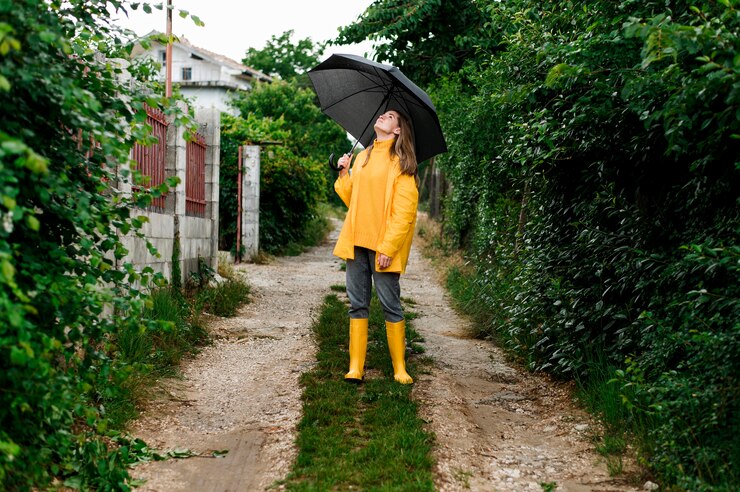Designing a rain garden for your Seattle home is an eco-friendly way to manage stormwater, support native plants, and add a unique aesthetic element to your yard. Rain gardens are shallow, landscaped depressions that collect runoff from roofs, driveways, and sidewalks, allowing the water to filter into the ground naturally. This not only helps reduce pollution in Seattle’s waterways but also conserves water and promotes local biodiversity.
Step 1: Choose the Right Location Select an area in your yard that collects rainwater naturally, such as a low-lying spot or an area near a downspout. Ideally, the location should be at least 10 feet away from your home’s foundation to avoid water damage and flooding.
Step 2: Test Your Soil Soil drainage is critical for the success of a rain garden. Conduct a simple percolation test by digging a small hole and filling it with water. If the water drains within 24 hours, your soil is suitable. If not, you may need to amend it with sand or compost to improve drainage.
Step 3: Plan the Design Consider the size and depth of your rain garden based on how much water your property collects during rainfall. The basin should be deep enough to hold water temporarily—usually between 6 and 12 inches—but shallow enough to allow it to drain within 48 hours. Ensure the garden slopes gently toward the center to direct water flow.
Step 4: Select Native Plants Choose plants that can handle both wet and dry conditions. Seattle’s native plants like Pacific ninebark, Western sword fern, and Douglas spirea are excellent choices for rain gardens. Arrange the plants based on their water tolerance, placing the most water-hardy ones at the center where water will pool the most.
Step 5: Install Mulch and Gravel Lay a layer of mulch and gravel at the bottom of your rain garden to help with filtration and prevent soil erosion. Mulch also helps retain moisture for your plants during drier periods.
Step 6: Guide the Water Flow Install gutters or create swales to guide runoff from your roof, driveway, or sidewalk directly into your rain garden. This ensures that your rain garden receives enough water during heavy rains.
By following these steps, you can create a beautiful and functional rain garden that enhances your landscape while contributing to environmental sustainability.
